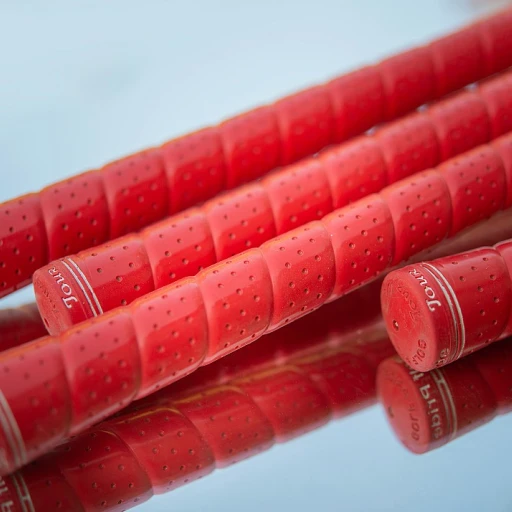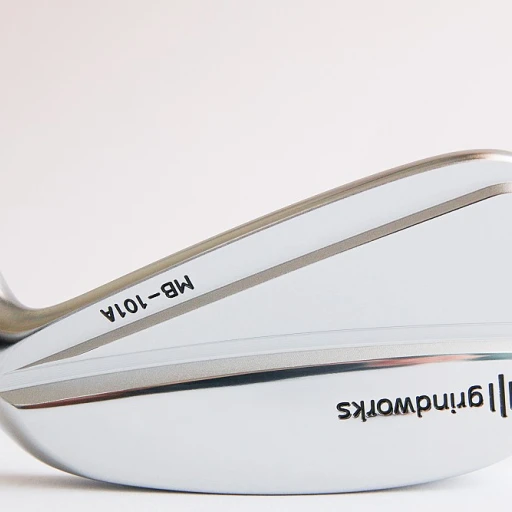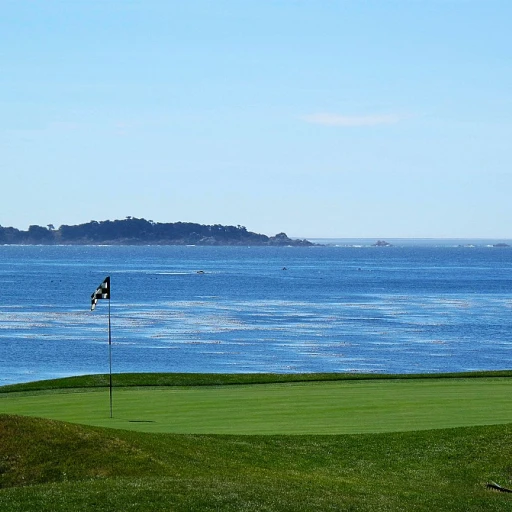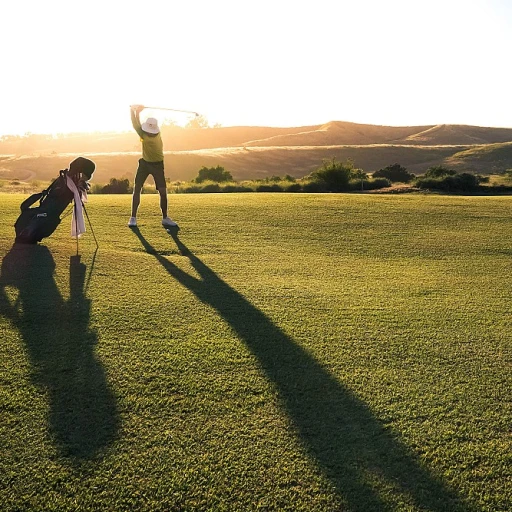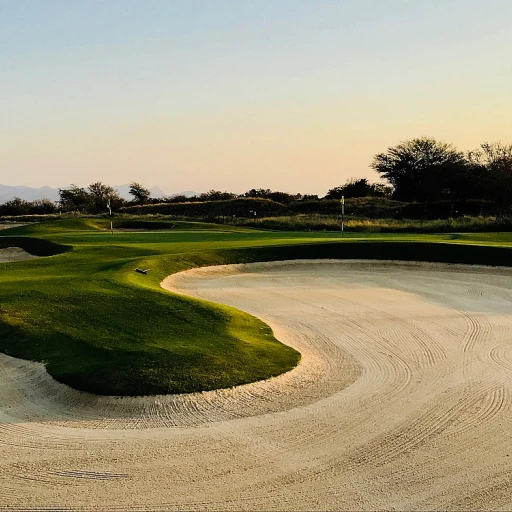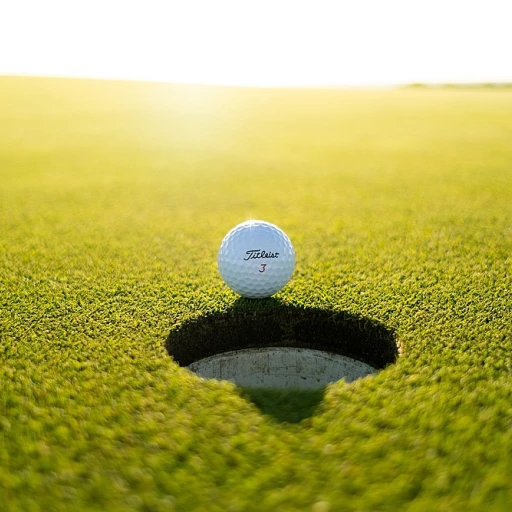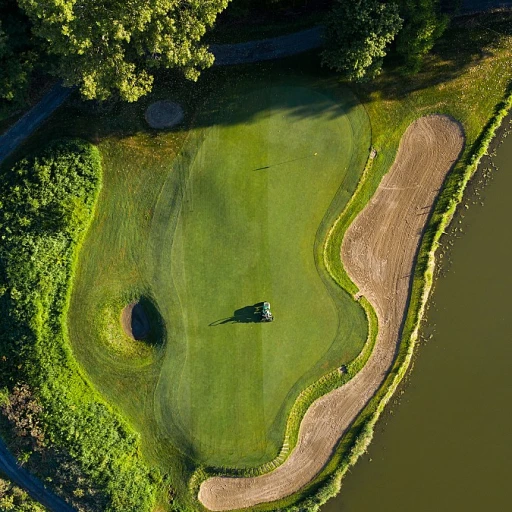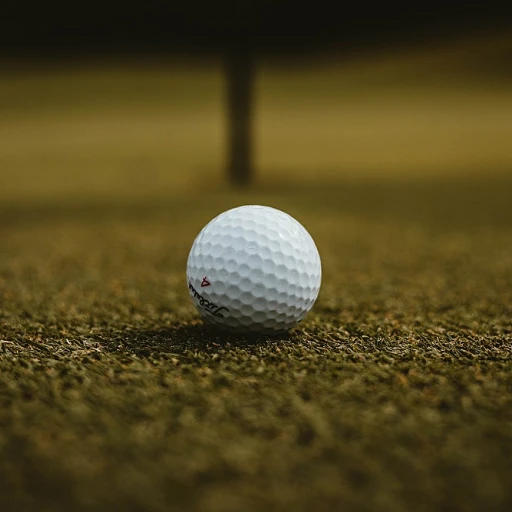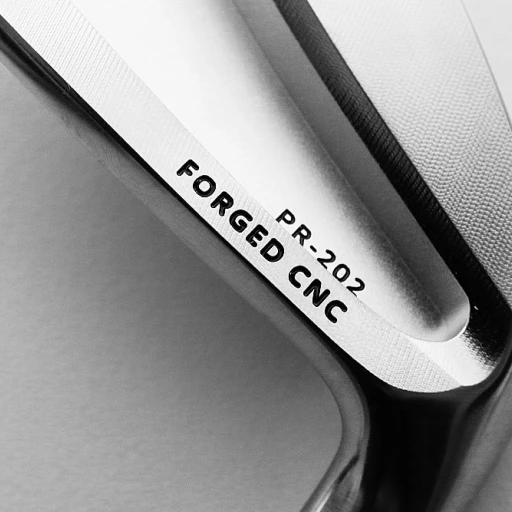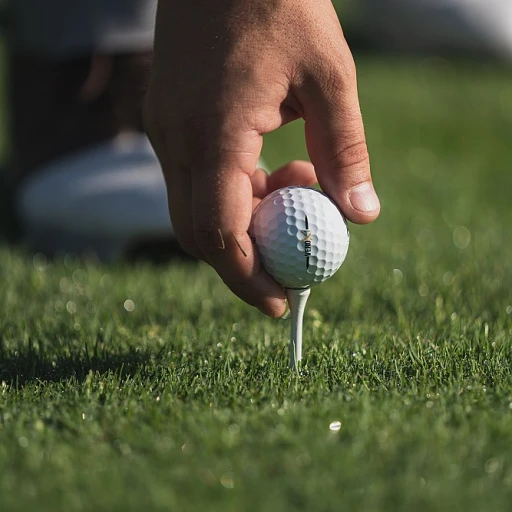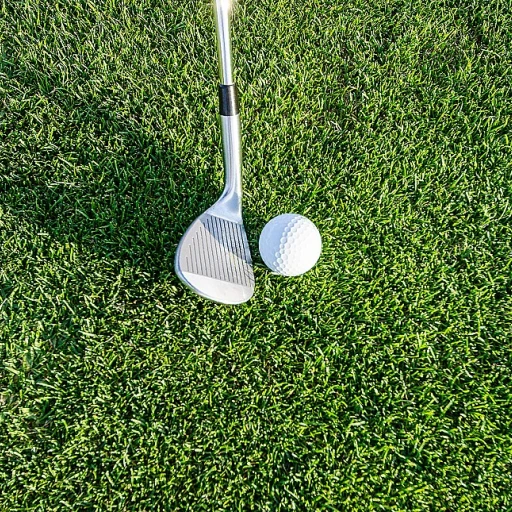Understanding draw and fade shots
What exactly is a draw and a fade?
If you're a keen golfer, you’ve probably heard folks talking about draw and fade shots. But what are they, and why do they matter to your game? A draw shot curves gently to the left for right-handed golfers (opposite for lefties). Think of it as a controlled swing that arcs beautifully across the course. In contrast, a fade shot curves to the right for right-handers. Both these shots add a level of finesse to your game, enabling you to navigate obstacles and target specific landing spots.
How do golfers judge the draw vs fade debate?
Imagine a scenario where a golfer needs to bend their shot around a tree. A fade shot can be perfect here, as it avoids curving into the hazard. On the flip side, a draw can help players gain additional distance. According to Dr. Sasho Mackenzie, a leading expert in golf biomechanics, the right shot shape can significantly affect a golfer’s control and carry distance.
Historical perspectives on draw and fade shots
Historically, many legendary golfers have favored one shot over the other. Jack Nicklaus, for example, was well known for his fade shots. Tiger Woods, on the other hand, has often reached for his draw shot to gain that extra edge. Their preferences often come down to their personal feel, swing mechanics, and the conditions of the course they're tackling.
Choosing between draw vs fade can elevate your game, turning good shots into great ones.
The mechanics behind a draw shot
The underlying path and clubface control
Understanding the mechanics of a draw shot is crucial if you want to command your ball flight. A draw is a shot that curves from right to left for right-handed golfers (and the opposite for left-handed golfers). This movement is achieved by creating a closed clubface relative to the swing path at impact.
Dr. Sasho Mackenzie, a leading expert in the biomechanics of golf, explains that the optimal path to hit a draw involves a swing path that comes from the inside. When we talk about an inside-out swing path, it means the clubhead travels on a path more towards the right of the target (for a right-hander) during impact. According to Mackenzie, “The clubface should be closed relative to the swing path but open relative to the target.”
When hitting a draw, you’ll generally start the ball to the right of the target line and it will curve back to the left. The amount of draw is influenced by the difference between the club path and club face direction. Golfers like Tiger Woods and Rory McIlroy often rely on a draw to navigate tight fairways, thanks to its penetrating flight and considerable roll after landing.
Jack Nicklaus, one of the greatest golfers of all time, famously said, “A draw can keep you out of trouble, especially on courses with a lot of doglegs to the left.” His insight aligns with the experiences of amateur golfers who often find draws beneficial in reducing slices and tackling left-bending courses.
Factors affecting the draw
Critical elements to mastering the draw include understanding your grip, addressing the ball properly, and having a correct swing path. A strong grip, where the hands are rotated more towards the trail side of the club, can help you close the clubface. Also, addressing the ball slightly back in your stance encourages an inside-out swing path.
Studies indicate that players with a more upright swing have a natural tendency to produce a draw. A report by MyGolfSpy highlighted that over 70% of scratch golfers were able to hit a draw consistently, underlining the correlation between swing efficiency and shot shaping capability.
Additionally, equipment choices like shaft flex and ball type can influence your shot trajectory. A shaft with less torque and a more stable clubhead can help produce more consistent draws. Luxury golf balls, like the Callaway Chrome Tour, are engineered to maximize spin control, which is essential for shaping shots.
For people eager to sharpen their draw technique, resources like the RotarySwing and the Learning Library by Josh Parker Francesco C. can be invaluable. These platforms provide drills and tips to ensure your swing remains on point through every shot.
Mastering the draw is about practice and tweaking. So get on the greens, work on your inside-out path, and remember the wise words of Ben Hogan: “The most important shot in golf is the next one.”
The mechanics behind a fade shot
{
Unveiling the secrets behind a fade shot
A fade shot is all about precision and control. If you're aiming to hit a fade, you want the ball to curve slightly to the right for right-handed golfers or to the left for lefties. The magic happens with the clubface and your swing path, which should work in harmony.
Mastering the clubface
The key to executing a proper fade is to open the clubface slightly at impact. By doing this, you allow the ball to spin clockwise, which results in that delightful left-to-right trajectory. Josh Parker, a well-regarded golf coach, advises: “Think of the clubface as your steering wheel; a slight opening can guide your ball to the desired direction.”
Adjusting your swing path
Focus on your swing path, which should be slightly outside-in. This means your club should move from outside the target line to inside it through the downswing. Professional golfer Lee Trevino famously said, “The outside-in swing path is your best friend when hitting a fade.” Experiments by Dr. Sasho Mackenzie show that slight variations in swing path angles can drastically alter ball flight, making practice essential.
Practical insights: Rory McIlroy and Tiger Woods
Many top pros like Rory McIlroy and Tiger Woods utilize the fade to navigate challenging course layouts. Rory often employs a fade to avoid hazards, as seen during the 2022 Masters when he clinched victory with a brilliant fade shot on the 18th to ensure a safe landing. Similarly, Tiger Woods’ strategic fades have been pivotal in securing critical wins throughout his illustrious career.
Challenges and common pitfalls
Remember, hitting a fade is not free from challenges. Golfers often either underdo the clubface angle or overdo the swing path, resulting in unintended straight or wayward shots. A study by MyGolfSpy reveals that 47% of amateur golfers struggle to consistently execute a fade due to these errors.
Expert advice for avid learners
Jack Nicklaus, one of golf’s legends, emphasizes the importance of practice. “Learning the mechanics of a fade requires dedication. Start with small adjustments and gradually find your sweet spot,” he recommends. Following a structured practice regimen, as suggested in resources from MyGolfSpy and RotarySwing, can substantially improve this aspect of your game.
Check out our post on advanced bunker techniques for further insights into elevating your game.
}
When to use a draw vs fade on the course
Choosing the right shot for the situation
When it comes to deciding between a draw and a fade on the golf course, several factors come into play. Understanding where and how to use each shot can be the difference between a great round and a frustrating one.
According to Golf Digest and insights from pro golfers like Jack Nicklaus and Lee Trevino, a draw is typically beneficial when you want to achieve more distance. This is because a draw shot generally spins less, which can help the ball roll farther once it lands. A famous example is the draw shot Rory McIlroy often employs off the tee to maximize his distance. On the other hand, fades are used for better control, especially around hazards.
Weather and course conditions
Weather conditions influence shot choices significantly. On a windy day, you might want to favor a fade as it typically has a higher trajectory, helping it resist the wind better. Conversely, a draw can be handy in calm conditions or when playing on firm ground, where you can get some extra roll.
Navigating course layout
Course layout is another crucial consideration. If you're playing a hole with a dogleg left, a draw can set you up for a better approach. Conversely, on a hole where the fairway curves to the right, a fade can keep you in the ideal position. For instance, the 13th hole at Augusta National, a par 5, is notorious for favoring a draw shot due to its leftward bend.
Pin positions and hazards
Pin positions and nearby hazards also affect whether to go for a draw or fade. If the pin is placed on the left side of the green and there is a bunker on the right, a draw can offer a safer approach. If it is located at the back right, a fade may be the smarter play to avoid overshooting into the rough or a sand trap.
Experts like Dr. Sasho Mackenzie, a biomechanist, emphasize the importance of aligning your shot shape with your overall game strategy. Take Tiger Woods, for example. Known for his ability to work the ball both ways, he often chooses his shot shape based on the specific challenges of each hole and his desired outcome.
Personal comfort and consistency
Your decision can also come down to personal comfort and consistency. Dustin Johnson frequently opts for a fade shot due to his natural swing path and how comfortable he is with that shape. It's essential to practice both draws and fades extensively to understand how your swing mechanics affect the ball flight, ensuring you can confidently execute the appropriate shot when needed.
Adapting on the fly
Finally, always be prepared to adapt. The golf course is an ever-changing environment, demanding flexibility. If you're struggling with one shot shape during a round, don't be afraid to switch it up. The most successful golfers are those who can assess the conditions and adjust their strategy as they go.
Expert insights on mastering draw and fade shots
Insights from the pros
When you wanna master the art of shaping your shots, there’s no better advice than from the pros. Rory McIlroy and Tiger Woods have often spoken about how they practice and implement draw and fade shots. Rory McIlroy, known for his powerful and precise shots, once said, 'Learning to control the shape of your shots is half the battle in golf.' He often uses the draw and fade to navigate tricky course layouts and challenging wind conditions.
Dr. Sasho Mackenzie’s research
According to Dr. Sasho Mackenzie, a prominent sports scientist specializing in golf, the biomechanics involved in executing a consistent draw or fade are critically important. His studies have shown that knowing when to close or open the clubface at impact can significantly affect the ball flight and shot outcome. This meticulous attention to swing mechanics ensures the ball moves predictably, which is essential for consistency.
Jack Nicklaus’ philosophy on shot shaping
Jack Nicklaus, often regarded as one of the most strategic players, has shared several times that understanding your own strengths and preferences is key to mastering draw and fade shots. He famously said, 'Golf is a game of consistency and precision, knowing when to hit a draw or a fade can save you strokes and give you an edge over your competitors.'
Golfers sharing their experiences
Many golfers in forums like MyGolfSpy often discuss their struggles and successes with learning these shots. One user, Josh Parker, talked about how integrating draw and fade into his game lowered his handicap by five strokes over a season. His journey underscores the importance of practice and applying these techniques in actual game scenarios. His story is supported by Dr. Mackenzie’s research, which indicates that regular, targeted practice can improve shot consistency by up to 25%.
Modern technology’s role
The advent of advanced golf equipment, such as the Callaway Chrome Soft X golf balls and high-tech golf shafts, has also made it easier for golfers to execute draw and fade shots consistently. Dustin Johnson has credited his improved performance to the combination of advanced technology and refined techniques.
For more insights on perfecting your swing, check out
golf swing tips: mastering the art of a perfect swing.
Common mistakes and how to avoid them
Correcting your club path
Getting your club path wrong is one of the most common mistakes in shaping shots, whether it's hitting a draw or a fade. If you want a draw, your club path should be inside-to-outside relative to your target line. Conversely, for a fade, the path should be outside-to-inside. Golfers often confuse these paths, which leads to unintended slices or hooks. Make sure your clubface angle aligns correctly with the intended path.
Clubface alignment
Mistimed or incorrect clubface alignment at impact is another frequent misstep. The clubface largely determines where your golf ball will go. If you're trying for a draw, the clubface should be slightly closed relative to your swing path. For a fade, it should be slightly open. Many players tend to over rotate or under rotate, failing to achieve the desired shot shape.
Inconsistent grip pressure
Maintaining a consistent grip pressure is key. A common mistake is gripping the club too tightly or too loosely, which affects the clubface control during the swing. According to Dr. Sasho MacKenzie, a professor in Sports Biomechanics, “Grip pressure needs to be firm, but not overly tight, to facilitate better control of the clubface at impact.”
Incorrect ball positioning
Ball placement is a critical element often overlooked. For hitting a draw, the ball should be slightly back in your stance. For a fade, place it slightly forward. Incorrect positioning can mess up the angle of attack, leading to errant shots. Even professional golfers, like Tiger Woods, emphasize how meticulous positioning can make or break a shot.
Neglecting weight transfer
An often ignored aspect is the effective transfer of weight during the swing. Poor weight transfer can affect the swing path and clubface angle. According to Rory McIlroy, “Proper weight shift is crucial for hitting both draw and fade shots consistently.” Make sure to practice drills that focus on correctly shifting your weight from the back foot to the front foot as you swing.
Overthinking technique
Finally, overanalyzing or overthinking your technique can lead to paralysis by analysis. Too much focus on mechanics can disrupt the natural flow of your swing. Lee Trevino once shared, “Sometimes, you just need to trust your swing and let it happen.”
Training drills to improve your draw and fade
Drills for honing your draw and fade
If you've ever wondered how pros like Rory McIlroy and Tiger Woods perfect their draw and fade shots, the answer lies in dedicated practice using targeted drills. Practicing these can elevate your game from a casual hobby to something that might just make your buddies jealous. Here are a few top-notch drills to boost your draw fade game.
The gate drill
This drill focuses on swing path which is crucial for mastering draw and fade shots. Lay down two clubs parallel to each other on the ground creating a pathway for your swing. Position your ball in the middle of this gate. Practice hitting shots ensuring your club follows the gate's path, helping you establish a muscle memory for different swing paths.
Alignment stick drill
Grab an alignment stick and place it about 20 yards down the target line. For a fade, aim left of the stick and focus on an open clubface at impact. For a draw, aim right of the stick with a closed clubface. This drill improves your ability to control shot shape based on clubface orientation and swing path.
Two-ball drill
Place two balls next to one another. Hit the rear ball first. For a draw, position the rear ball slightly to the left, focusing on an inside-to-outside swing path. For a fade, position slightly to the right, aiming for an outside-to-inside path. This not only enhances your shot shaping but also sharpens overall ball control.
Impact bag drill
Using an impact bag helps to visualize and feel the correct impact position. For a draw, aim to hit the bag squarely but from an inside path. For a fade, aim for a slightly open face at impact. This drill is excellent for ingraining the feel and sound of correct impact positions for both draw and fade shots.
Remember that perfecting these shots takes time and patience. Practicing these drills consistently not only enhances your skill level but also boosts your confidence on the course.
Case studies: Successful draw and fade shots in professional golf
Rory McIlroy's clutch draw shot at the Masters
Rory McIlroy is known for his incredible shot-shaping ability, and his performance at the Masters perfectly illustrates the power of a well-executed draw shot. On the par-5 13th hole, McIlroy faced an awkward lie in the pine straw. Instead of playing it safe, he opted for an aggressive draw, curving the ball around the trees and landing it on the green. This shot demonstrated how a player can use a draw to navigate around obstacles and shape their path to the target effectively.
Jack Nicklaus and his reliable fade at the U.S. Open
Jack Nicklaus, often referred to as the “Golden Bear,” famously relied on his fade shot during his successful career. At the 1967 U.S. Open, Nicklaus consistently used his fade to keep the ball in play on the narrow fairways of Baltusrol Golf Club. His precision with the fade helped him secure another major victory, proving that a fade can be a powerful tool for staying accurate and avoiding trouble.
Tiger Woods' famous draw at the 2006 Open Championship
Tiger Woods' mastery of shot shaping is legendary. At the 2006 Open Championship at Royal Liverpool, Woods often used a low, controlled draw to navigate the windy conditions. On the 14th hole, known as the “drivable par 4,” Woods executed a perfect draw off the tee, landing the ball just short of the green and setting up an easy birdie. His strategic use of the draw helped him secure his third Open Championship title.
Dustin Johnson's fade at the 2016 U.S. Open
Dustin Johnson's powerful fade was instrumental in his 2016 U.S. Open win at Oakmont Country Club. Johnson utilized the fade to great effect on the notoriously difficult course, particularly on the long par-4 9th hole. His ability to control the fade allowed him to navigate the challenging layout and keep his shots in play, leading to a much-deserved major victory.
Lee Trevino's fade shot at the 1971 Open Championship
Lee Trevino, known for his unorthodox swing and shot-making ability, successfully used a fade to win the 1971 Open Championship at Royal Birkdale. Trevino’s fade shots helped him manage the course’s tight fairways and unpredictable winds. His performance during that championship showcased the effectiveness of a good fade in difficult conditions.
Ben Hogan's precision with both draw and fade shots
Ben Hogan was renowned for his incredible shot-shaping skills, often utilizing both draw and fade shots with precision. In the 1953 Open Championship at Carnoustie, Hogan’s ability to switch between draws and fades was on full display. Hogan used delicate fades to navigate tough pin positions and powerful draws to cut through the wind. His versatility with both shot shapes played a significant role in his dominant victory at Carnoustie.



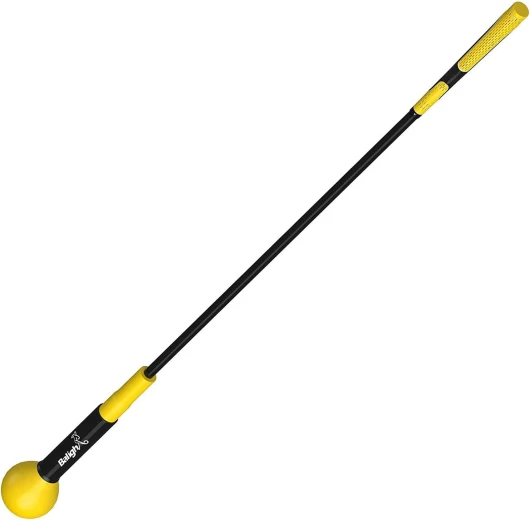
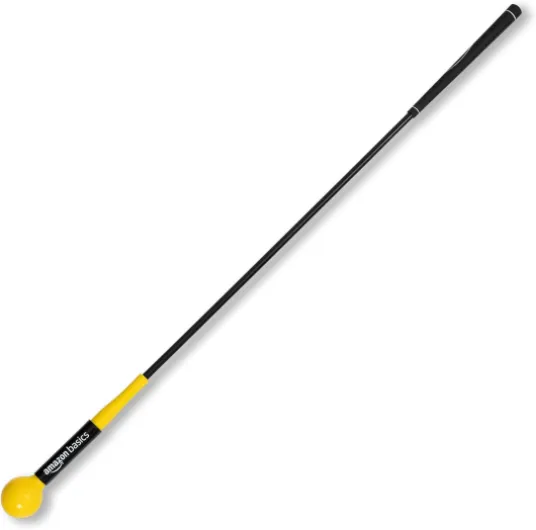
-large-full.webp)
